Development, Modeling, Analysis, and Optimization of a Novel Inland Desalination with Zero Liquid Discharge for Brackish Groundwaters
Credit to: https://uwspace.uwaterloo.ca/
by: Khaled Elsaid
A thesis presented to the University of Waterloo
in fulfillment of the
thesis requirements for the Degree of
Doctor of Philosophy
in Chemical Engineering
ABSTRACT:
Groundwater is considered the major source of domestic water supply in many countries worldwide. In the absence of surface water supplies, the use of groundwater for domestic, agricultural, and even for industrial purposes becomes essential, especially in rural communities. Groundwater supplies typically are of good quality, and the quality is reasonably uniform throughout the year compared to that of surface water, thus making it suitable for direct use, or
simple to treat. A disadvantage of groundwater is the content of dissolved salt as many have a moderate-to-high salinity. The high salinity makes water brackish and thus it requires desalination before use. This has led to wide use of groundwater desalination to produce good-quality water in
many regions around the world. Nevertheless, a problem of desalination processes is the generation of a concentrate stream, sometimes called brine or reject, which must be properly managed. The management of brine from brackish groundwater desalination is a significant issue if located far from the coast (i.e. inland plants) or far from public channel to discharge such brine. Some options for brine disposal from inland desalination plants are evaporation ponds, deepwell injection, disposal to municipal sewers, and irrigation of plants tolerant to high salinities. Each of these disposal methods may result in many environmental problems such as groundwater contamination, the decline in crop yields from agricultural lands, the formation of eyesores, decreasing the efficiency of biological wastewater treatment, and making treated sewage effluent unsuitable for irrigation. As a result, the brine management from inland desalination of brackish groundwater is very critical, and the need for affordable and environmentally benign inland desalination has become crucial in many regions worldwide. This work aims to develop an efficient and environmentally benign process for inland desalination of brackish groundwater, which approaches zero liquid discharge (ZLD), maximizing the water produced and minimizing the volume of concentrate effluent. The technical approach
involves utilization of two-stage reverse osmosis (RO) units with the intermediate chemical treatment of brine stream that is designed to remove most of the scale-forming constituents, which foul membrane surface in RO and limits its water recovery and hence enable further recovery of water in the secondary RO unit.
Only logged in customers who have purchased this product may leave a review.


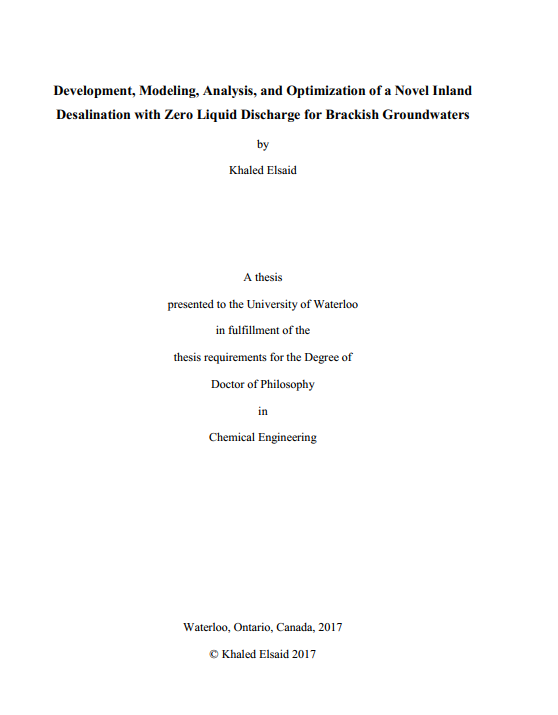
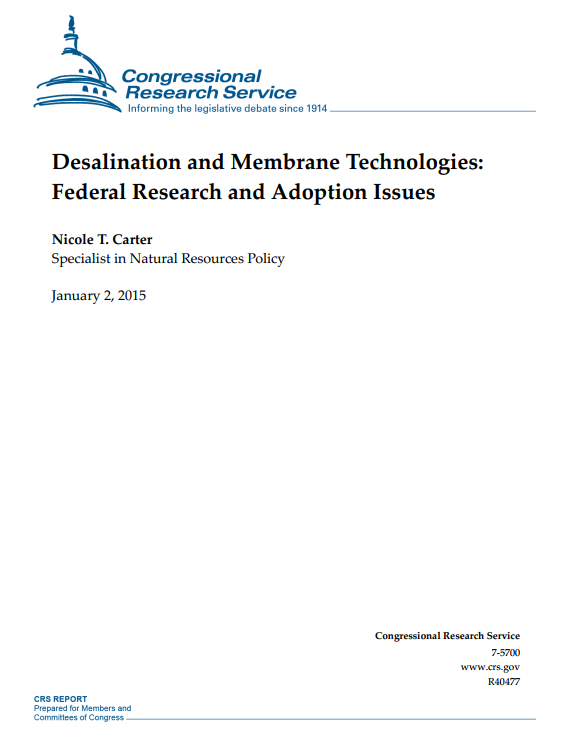
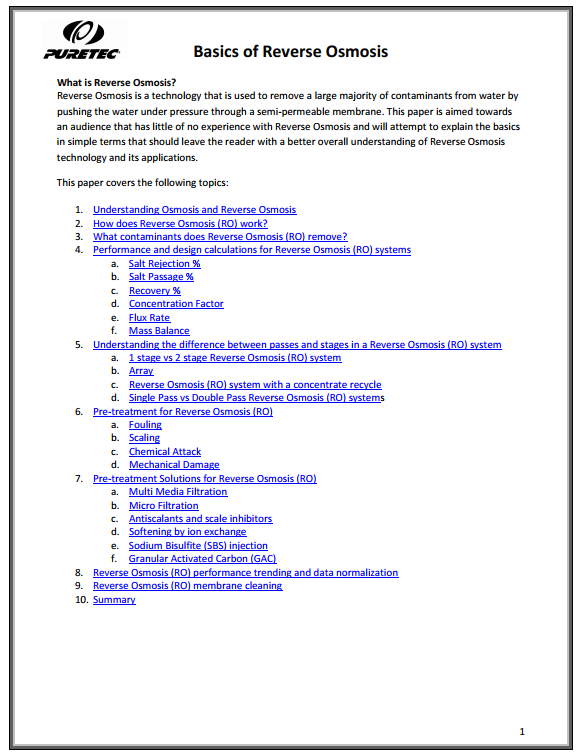
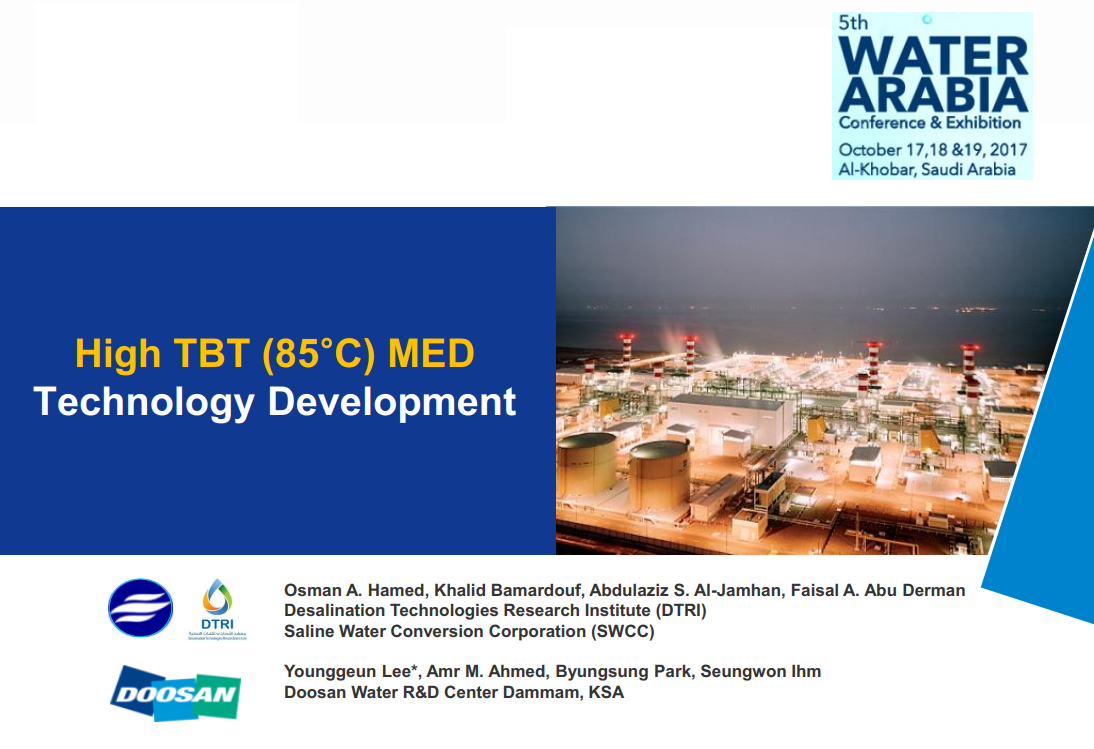

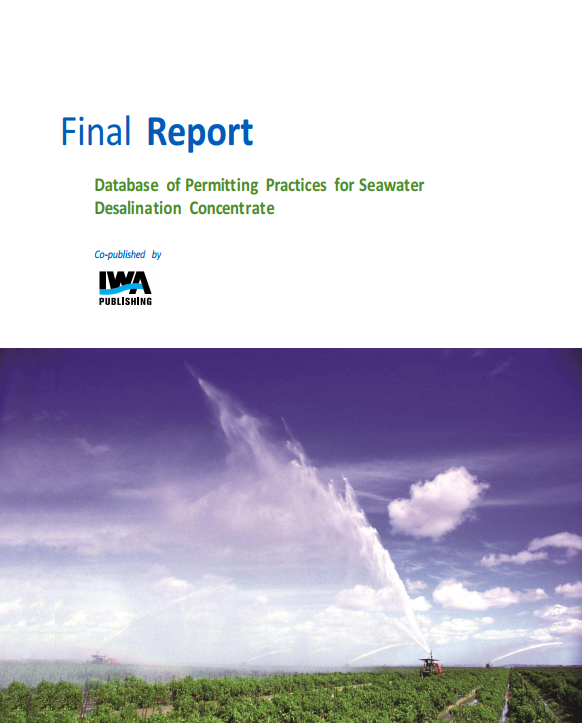
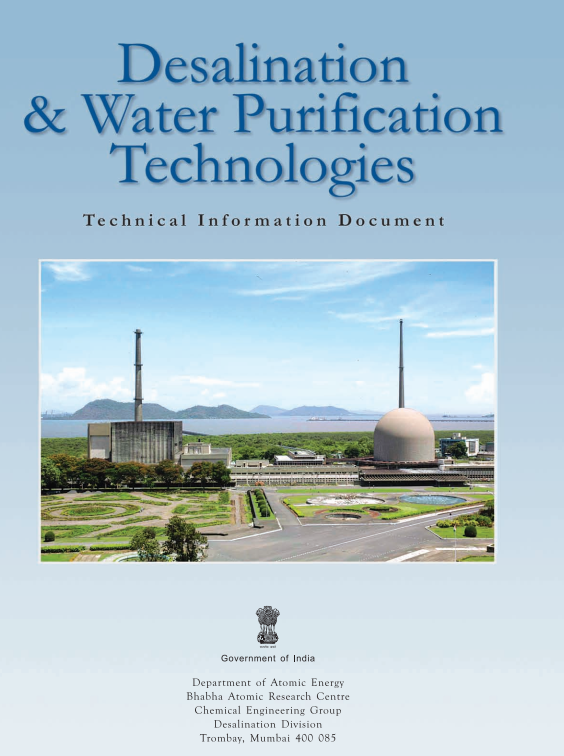
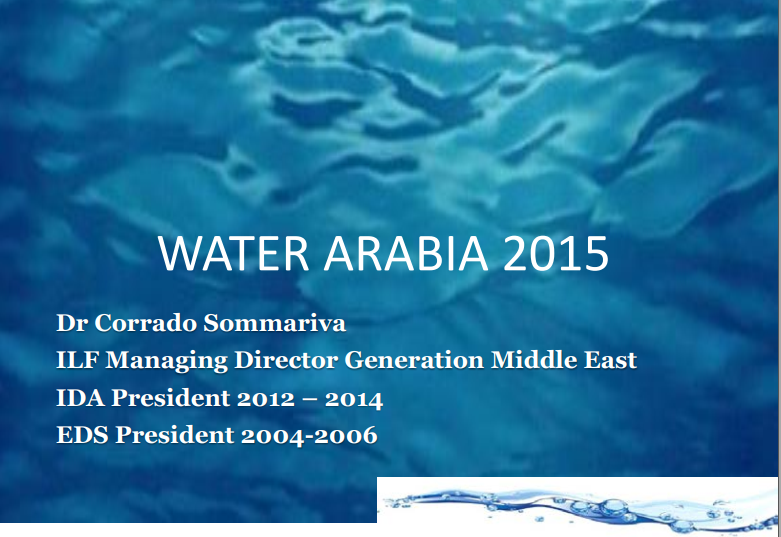





Reviews
There are no reviews yet.